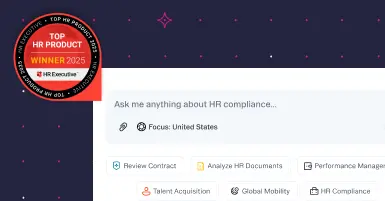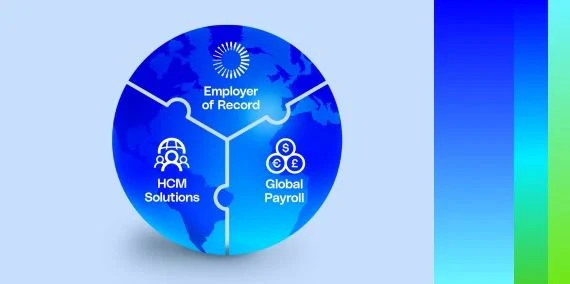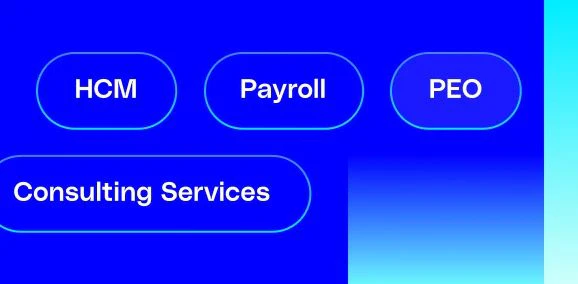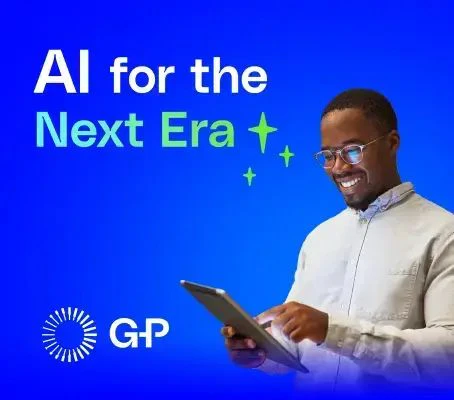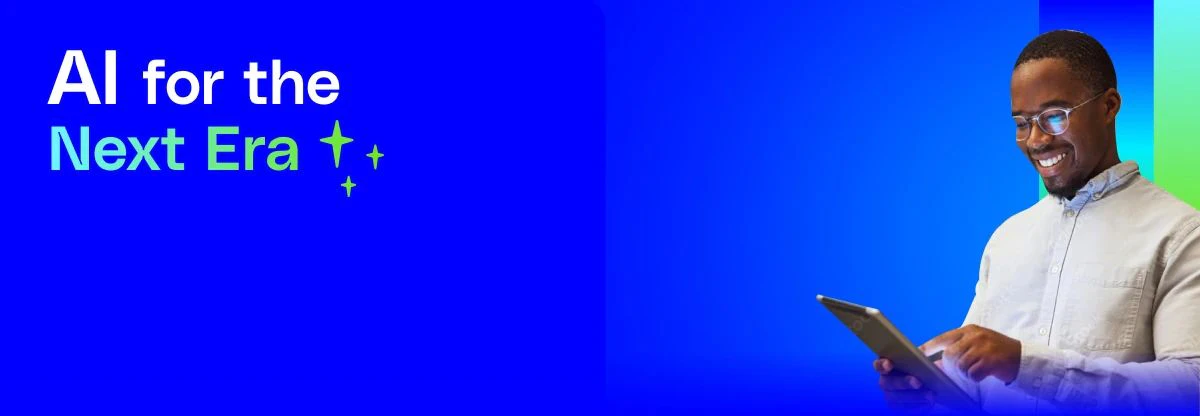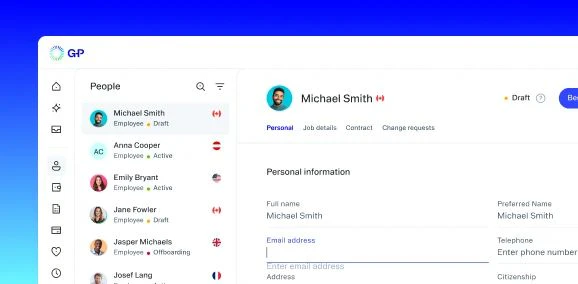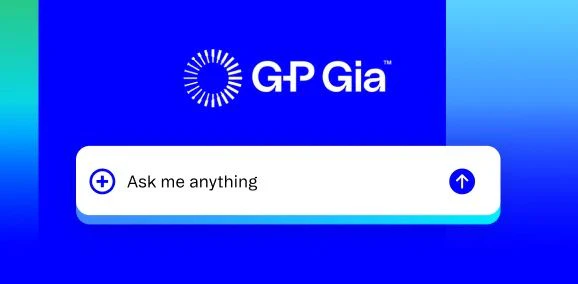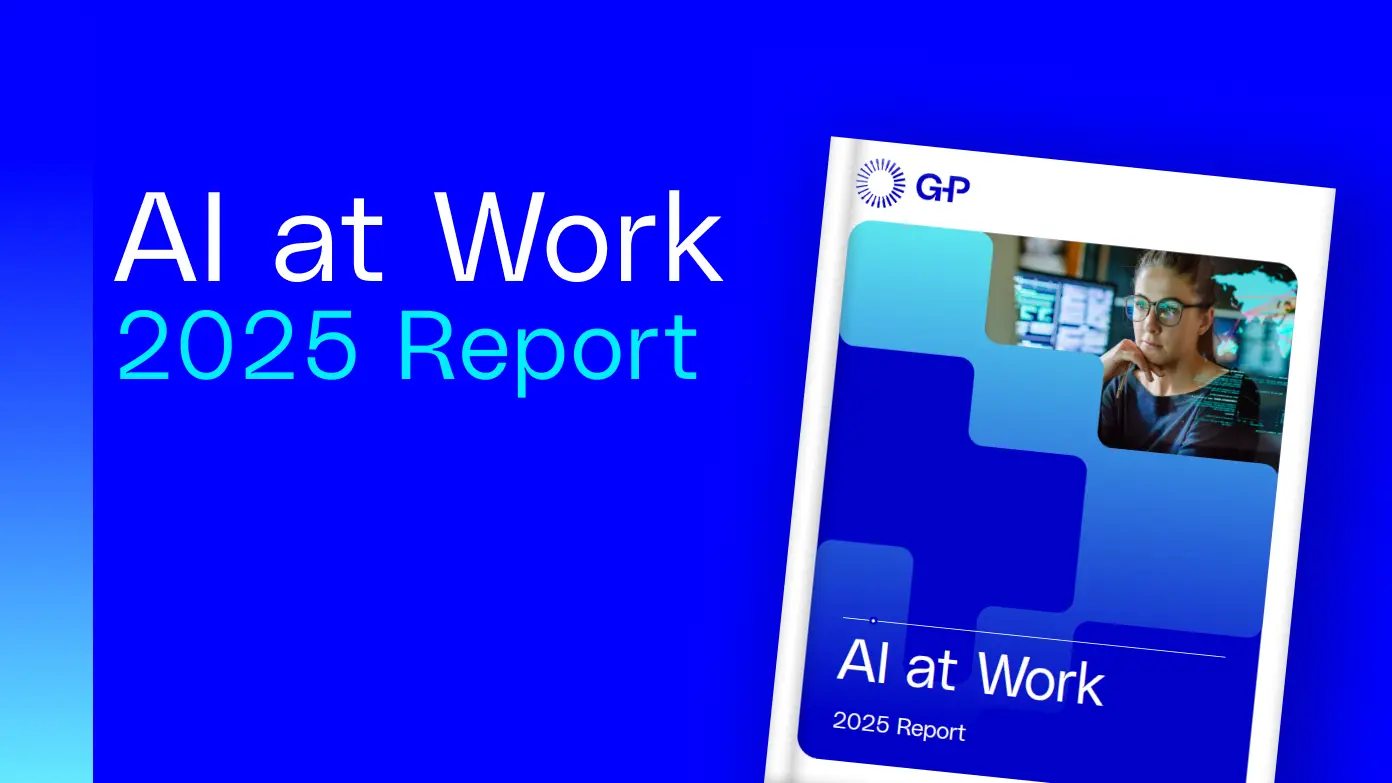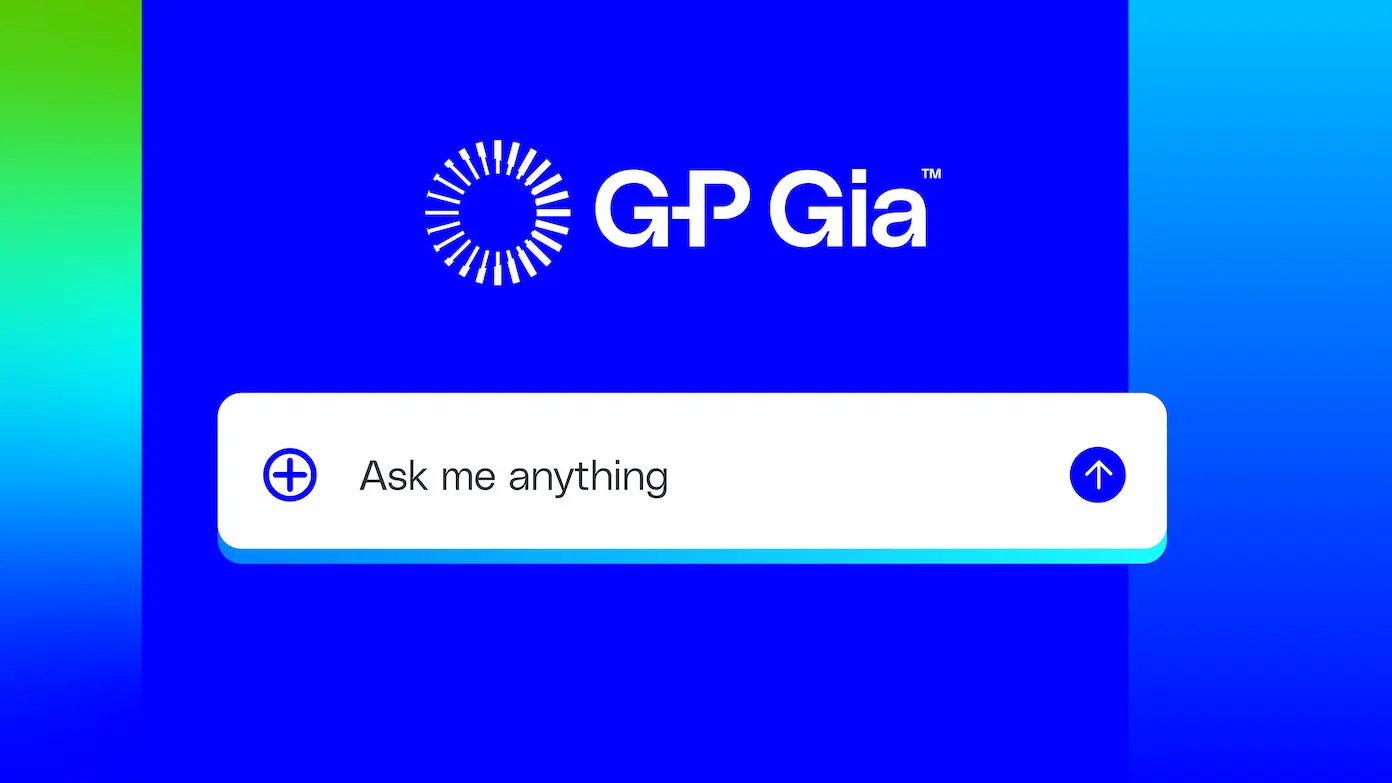AI implementation in business processes has skyrocketed in recent years. The technology’s integration into human resources (HR) workflows is no exception.
Exploring AI’s benefits, common applications, challenges, and best practices can help guide your implementation strategy and launch your company into the next era of HR.
Benefits of incorporating AI tools for HR workflows
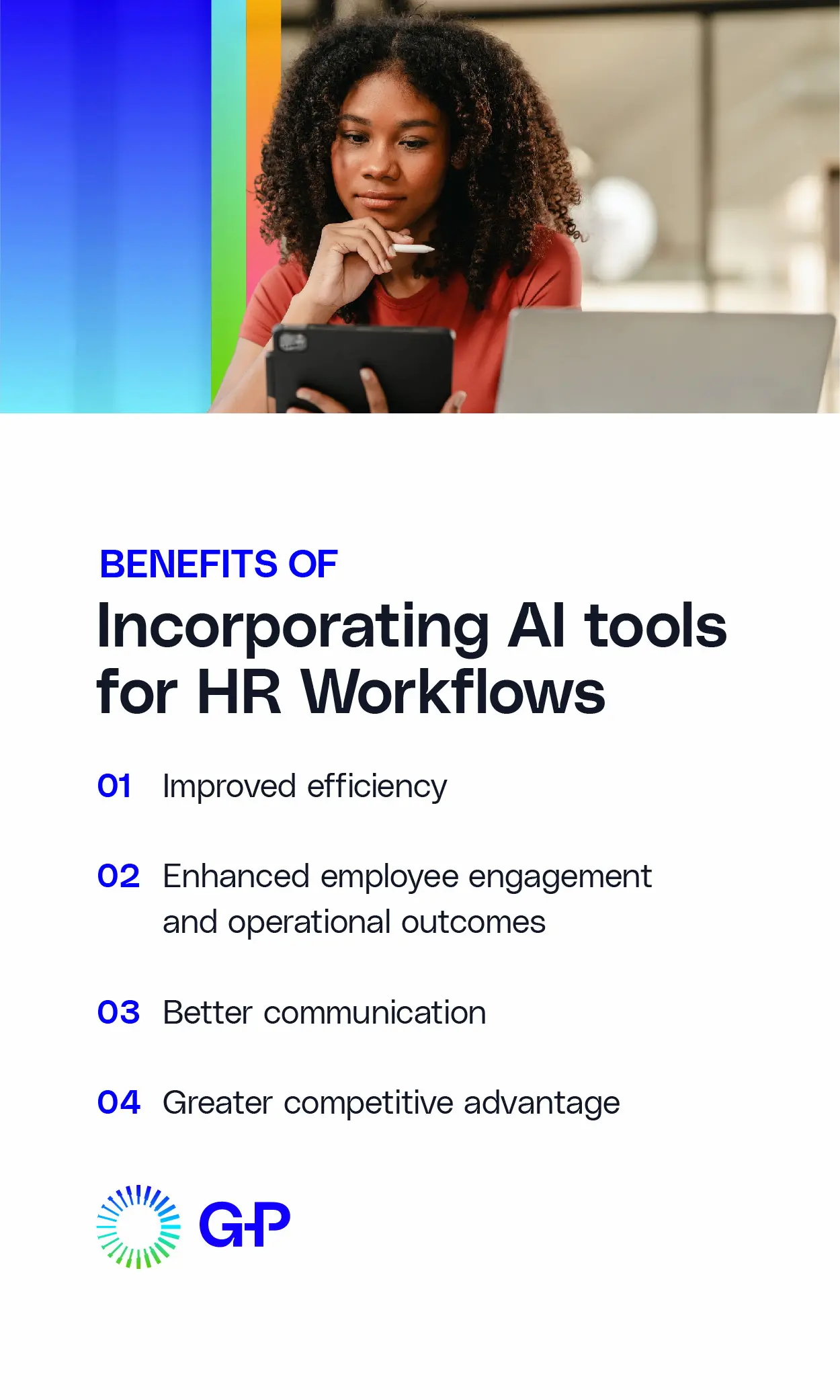
Companies of all sizes can gain many advantages from implementing AI into their HR processes.
1. Improved efficiency
Automation tools and generative AI — technology that creates original outputs — can streamline routine workflows and time-consuming tasks. This capability empowers your human employees to focus on more strategic, impactful responsibilities.
2. Enhanced employee engagement and operational outcomes
Gallup research found that increased employee engagement reduces turnover between 21% and 53%. Greater engagement can also provide additional benefits for your company by increasing:
- Profitability by up to 23%
- Customer loyalty by up to 10%
- Overall productivity by up to 14%
Fulfilling work promotes these outcomes and boosts job satisfaction. With AI tools, you can minimize barriers to engagement, such as tedious, manual admin tasks, improving your organizational morale and productivity.
3. Better communication
Generative AI like G-P Gia™ can help draft policies, handbooks, and other essential HR documents. These tools are trained on a vast array of topics and legal frameworks, which reduces the chances of biases that could lead to liability. Greater accuracy and clarity also improve communication with global teams.
Additionally, AI tools enable more personalized correspondence. You can use the technology to create individualized messages, such as annual salary increase notifications or benefits statements.
4. Greater competitive advantage
Today, companies are embracing a global mindset as they shape their business strategies. In fact, 72% of leaders are ready to grow their teams with international talent to foster agility, stay competitive, and reach new markets.
AI is a key element in developing these strategies. For example, 49% of executives believe AI’s capacity to predict challenges in new markets will be indispensable to success. Research from our AI at Work report also revealed that 65% of executives believe AI is essential to competing globally, and 96% predict that companies leveraging AI will outperform their peers.
Common applications for AI in HR management
AI has many relevant applications in HR.
Candidate and employee experience
Companies can implement AI technology across the entire employment lifecycle, from onboarding to offboarding. These solutions help achieve simplicity, expedite processes, and even reduce reliance on external consultants.
For example, AI decreases the need for manual assessment of applications. Your team can concentrate on interactions with those who best align with your company’s needs and openings.
During employment, organizations can leverage AI to assist with onboarding, compliance, performance management, benefits administration, and training opportunities. These tools can provide individualized development plans and benefits recommendations for better experiences.
When the time comes to part ways, AI can make the process seamless by calculating redundancy payments and drafting termination letters, all while ensuring compliance with local laws.
Document creation and management
HR processes inevitably require documentation. With AI, creating and managing those documents is easier and faster than ever.
Generative AI can write and customize the documents your team relies on most, such as handbooks, employment contracts, and offer letters. You can use Gia to quickly submit documents for review or use customizable templates vetted by global employment experts. It takes minutes for the technology to create compliant, personalized, and accurate documents.
Compliance with local labor laws and employment regulations
AI is a powerful solution for ensuring compliance with local labor laws and employment regulations, especially when you operate in different regions. These tools can help you:
- Identify potential pitfalls in legal documentation and prevent costly noncompliance violations.
- Obtain context-appropriate, nuanced answers to employment questions.
- Write job descriptions that conform to legal requirements.
- Mitigate the risk of worker misclassification.
While AI is an excellent support in everyday operations, the technology is not a substitute for human expertise.
For example, Gia harnesses the knowledge of hundreds of HR, tax, and legal professionals, and all information is backed by verified, expert-reviewed sources. The combination of AI technology and human expertise helps provide the most accurate and nuanced answers to even the toughest HR questions.
Implementation challenges and AI legal risks for HR departments
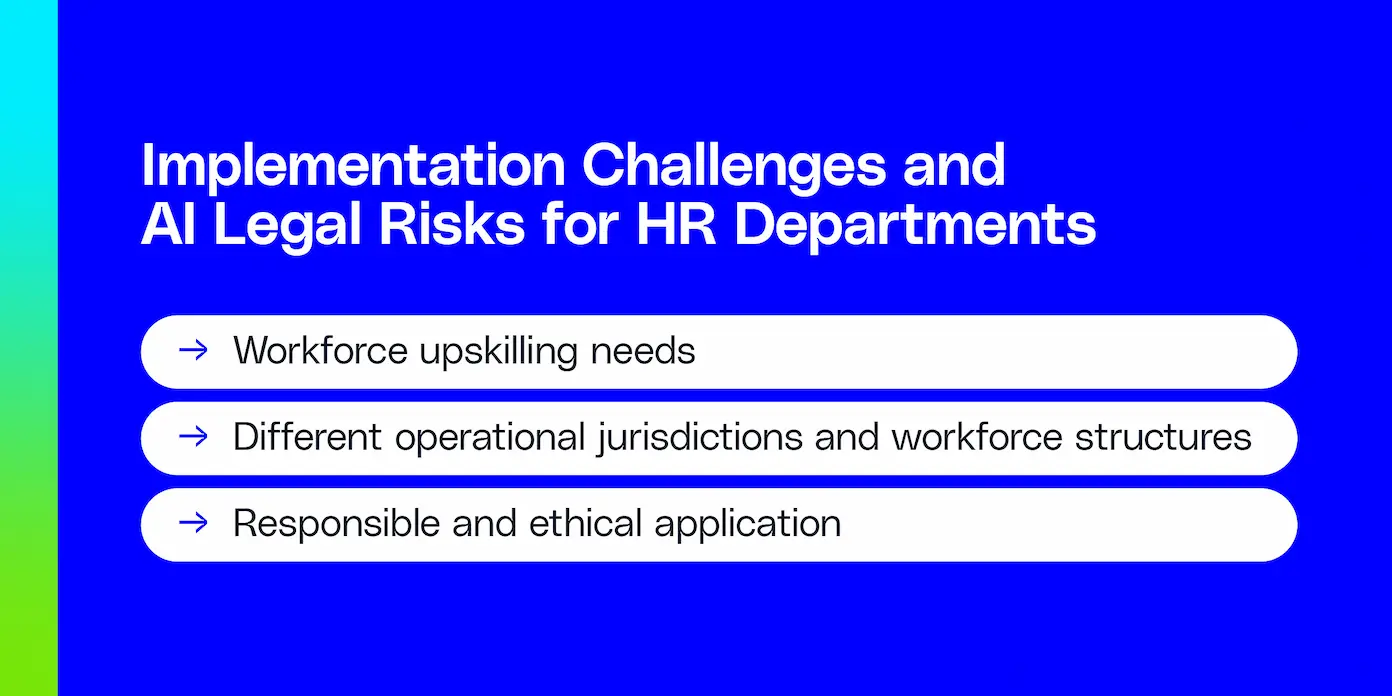
Introducing AI in HR processes presents unique challenges and potential risks to consider.
Workforce upskilling needs
With public access to generative AI, many employees are encountering these tools for the first time and may need to develop specific skills to learn how to use the technology for maximum business impact.
Different operational jurisdictions and workforce structures
Companies that operate globally navigate varying and complex labor requirements. The AI tools you choose should have vast jurisdiction coverage. Make sure the technology uses vetted articles and government sources to ensure the correct legal information and compliance support.
The same is true when considering differing workforce structures. For example, if your company primarily hires independent contractors versus employees, your AI technology must understand the legal distinctions between these two worker types to prevent issues.
Responsible and ethical application
As with labor laws, privacy laws also vary by location. Make sure the technology you choose is compliant with global privacy standards and has robust security measures in place to keep all your interactions and data secure.
Best practices for overcoming implementation challenges and legal risks with AI
The following steps detail how to incorporate AI in HR with ease:
1. Develop an AI implementation strategy.
Understanding how, where, and when to incorporate AI tools into HR is crucial, which means designing a blueprint based on your company’s unique goals and needs.
Start by identifying high-value workflows where the technology can have the most impact. These will often be complex tasks that AI simplifies, maximizing your time and resources. Examples include:
- Reviewing and amending employment contracts based on local labor regulations
- Customizing employee handbooks for new regions
- Generating offer letters that follow jurisdictional labor laws
- Analyzing complex documents to recommend improvements
- Identifying and flagging potential compliance risks for proactive adjustments
Once you determine the tasks where AI drives value for your company, you’re ready to present your plan to stakeholders. A well-developed, data-driven implementation strategy will be critical to successful deployment and adoption. Be transparent and provide essential information such as:
- Statistics: Demonstrate how AI saves time and money with proven metrics. A recent survey of 35,000 global employees found that AI saves workers an average of one hour each day. Deloitte research indicates that 41% of companies using generative AI realize a return on investment (ROI) ranging between 11% and 30%. Our AI-powered global HR agent, Gia, can cut the cost and time of compliance by up to 95%.
- Benchmarks: Establish your company’s current AI maturity level to compare against your competitors and measure future progress.
- Success indicators: Document what successful implementation and adoption should look like for your company. Include any relevant milestones, such as a beta testing phase, and the time frames for them.
- Metrics: Decide which metrics you will track and monitor to quantify results. Examples include operational efficiency gains, user adoption rates, and ROI.
2. Collaborate across functional teams.
A comprehensive AI strategy requires input from various departments to be successful — cross-functional collaboration is nonnegotiable. Include the following departments in your planning:
Finance: Identify areas where AI can streamline processes to cut costs and improve efficiency. Finance teams should evaluate the long-term financial impacts of AI integration to ensure alignment with broader growth objectives.
IT: The AI solutions you deploy should complement your existing tools and safeguard vast amounts of personal information common in HR workflows. An IT expert can provide guidance on compatibility and advanced data protection.
HR: Some companies augment their strategies with specific personnel and skill sets. For example, you may hire a generative AI expert or HR innovation employee to oversee implementation projects. Working with your recruiting team can help you identify the best candidates for these roles based on your company culture and needs.
3. Prioritize the human experience.
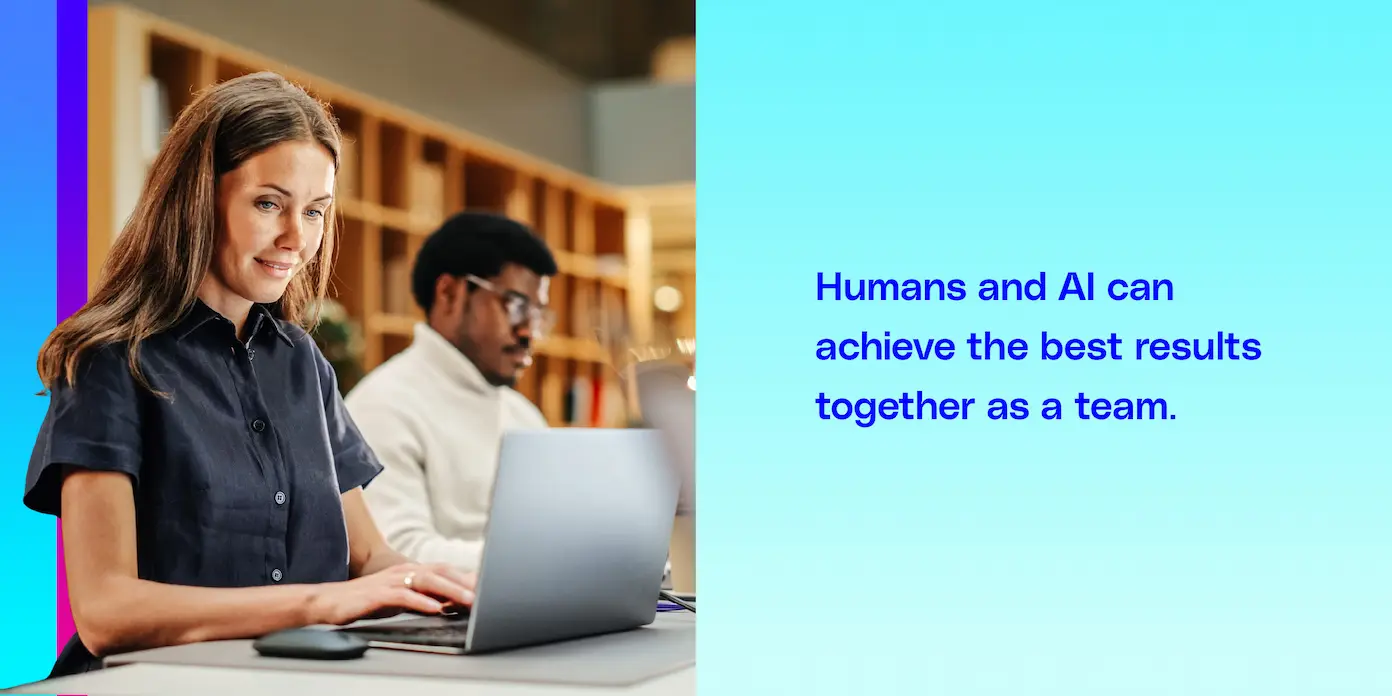
Introducing AI into your HR processes impacts your human workforce. Some roles will evolve with AI. As a result, investing in employee traini
Consider a generalized program for your entire HR workforce that includes modules such as:
- Compliant and responsible application: Teach employees what workflows your AI tools bring value to. Reinforce the need for legal and organizational compliance, and explain any data security procedures necessary to protect privacy.
- Accountability: Define how the system will track and report user activities and the standards you’ll hold each worker to when engaging with your AI tools. You can also amend your employee handbook to include misuse criteria and have employees acknowledge the changes at the end of their training.
- Protocols and red flags: Educate employees on how to identify AI hallucinations. Explain how, when, and to whom they can escalate any concerns or potential risks they encounter with the tools.
Humans and AI can achieve the best results together as a team, but given the technology’s extensive capabilities, upskilling your workforce is pivotal.
Consider training your team in areas such as predictive analytics to improve their decision-making. There’s also an underlying bonus for upskilling — offering skills development opportunities is a highly effective employee retention strategy.
4. Choose the right AI tool.
Your unique needs, goals, and HR processes will determine the best HR-AI tools for your company. However, there are several key features you should look for when evaluating AI-powered solutions:
- Reliability: AI technology for HR must stay up to date with labor regulations and privacy laws for every jurisdiction you operate in.
- Integration capabilities: You AI tools should integrate with the other tools you rely on to optimize workflows and information exchange.
- Compatibility with analytics tools: AI’s ability to detect patterns and find insights in data enables more informed decisions and growth strategies.
- Scalability: Growing companies need dynamic AI technology that can scale with their team and operations.
- Security: Data security is pivotal to reducing breach risks and preserving information access, integrity, and privacy.
Gia embodies all of these principles. Its patent-pending AI provides accurate labor law guidance for all 50 U.S. states and over 50 countries.
We’ve combined our 13+ years of global employment experience with nearly a million real-world scenarios and cross-jurisdictional legal expertise to create the ultimate global HR agent. With Gia at your side, your company can:
- Generate location-specific, customized employment documents — such as handbooks, contracts, and offer letters — in seconds.
- Reduce compliance risks with real-time feedback on potential violations, errors, and discrepancies — plus recommendations on how to fix them.
- Obtain context-specific answers to complex employment questions.
Why trust G-P for HR and AI solutions?
G-P has been changing how the world works for over a decade. Since 2012, we’ve helped companies of all sizes break down barriers to global business with powerful technology and expert guidance.
Today, we continue to simplify hiring and managing global teams with AI-powered solutions. Our network of best-in-class partners, real-world customer success stories, and growing industry accolades further solidify our position as the undisputed leader in global employment.
Partner with G-P for AI-HR compliance.
The costs of global employment can quickly add up. But Gia cuts the cost and time of global compliance by up to 95%.
Gia and our EOR solutions help companies hire, onboard, and manage global teams in 180+ countries quickly and compliantly.
Put our AI to the test and explore the latest features of Gia Beta today. Sign up for free and discover how, together, we can transform your HR operations.


